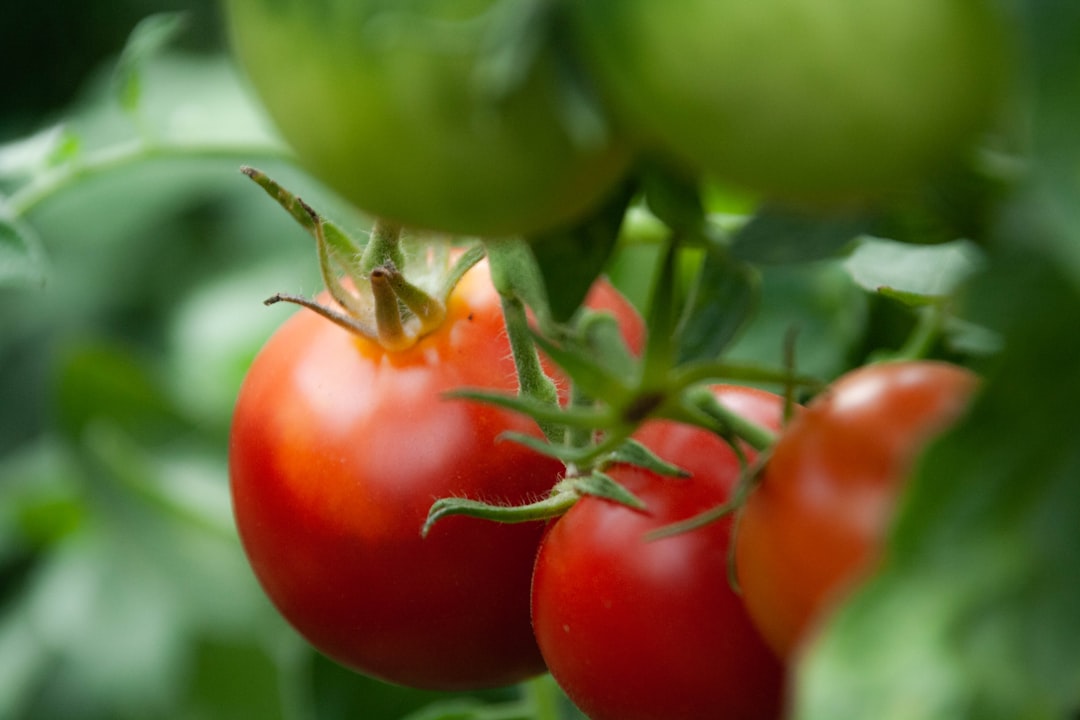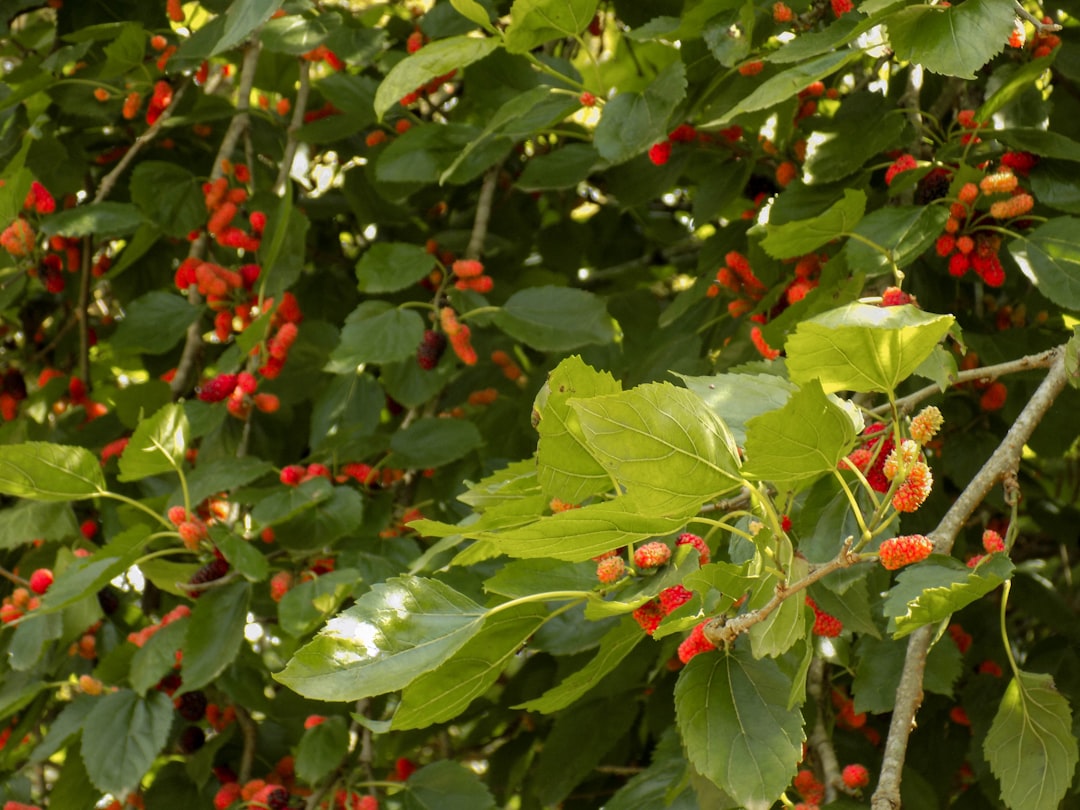What is it about?
Natural products impart immense chemical diversity to the plant kingdom, owing to more than 200,000 specialized metabolites (SM), many of which are derived from phenylpropanoid, terpenoid and alkaloid biosynthetic pathways. Furthermore, these molecules are distinguished on the basis of their modifications such as glycosylation, acylation, and prenylation. Aromatic and medicinal plants serve as abundant sources of natural products, many of which possess significant benefits for human health. These benefits include as the prevention and/or treatment of various cancers, as well as inflammatory, cardiovascular and neurodegenerative diseases. Additionally, these SM exhibit antimicrobial, antiviral and antidiabetic properties.
Featured Image

Photo by No Revisions on Unsplash
Why is it important?
Apart from species and/or organ specific accumulation patterns, natural products occur in response to various abiotic and biotic stresses. They serve diverse biological functions, acting as attractants, repellants and other olfactory signaling molecules involved in olfactory communication.
Perspectives
Additionally, they play an essential role in growth and development (Weng et al., 2021). In certain cases, these natural products are localized within specific tissues and/or specialized cells such as leaf epidermal trichomes (Liu et al., 2019). To harness the potential of plant natural products for human health and the agri-food industries it is crucial to gain in-depth understanding of their biosynthetic pathways and bioactivities. However, due to limited knowledge regarding the genetic factors influencing natural product production in plants, strategies for feasible extraction and purification from plants are required. This task presents a considerable challenge due to typically low abundance of SM in plants.
habilitated doctor, chemist Monica BUTNARIU
University of Life Sciences "King Mihai I" from Timisoara
Read the Original
This page is a summary of: Editorial: Biosynthesis, purification, characterization and uses of natural compounds in plants, Frontiers in Plant Science, July 2023, Frontiers,
DOI: 10.3389/fpls.2023.1162676.
You can read the full text:
Resources
Contributors
The following have contributed to this page










